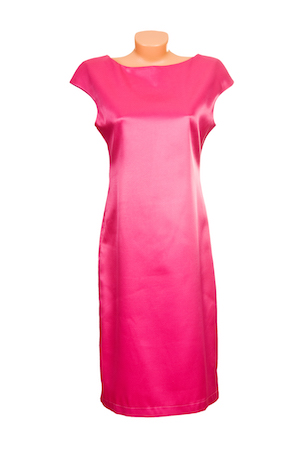Sometimes milky or chalky areas appear on silk after spotting and cleaning, even after the dyes were tested for acceptable colorfastness. What happened?
The answer is the prespotted areas have been “chafed,” resulting in an apparent loss of surface color.
Silk will chafe if it is wet with moisture and then subjected to any rubbing, brushing, or friction on the fabric. This action disturbs the surface color and fibers, which alters the light reflection.
The reverse or uncurbed side is not affected. Silk is much more susceptible to chafing than most other fibers.

Improper use of stain removal equipment is the most common cause of this damage. The tamping brush should never be used for “brushing,” but only straight up and down tamping. The stain removal spatula should never be used on silk when the fabric is wet with stain removal agents. Also, the steam gun should never be held too close to the fabric and it should always be held at right angles to the stain. Any of these situations can cause chafing of silk.
Furthermore, silk should never be cleaned while even small amounts of moisture remain from the stain removal process.
Basically, stains on silk should be removed locally without any rubbing or brushing sideways on the fabric, then completely dried before cleaning. Correctly prespotting silk can avoid costly damage.
For more information, see Fabrics & Fashions No. 494: Stain Removal Procedures for Silk Fabrics in DLI’s Drycleaning Encyclopedia online or mobile app.
